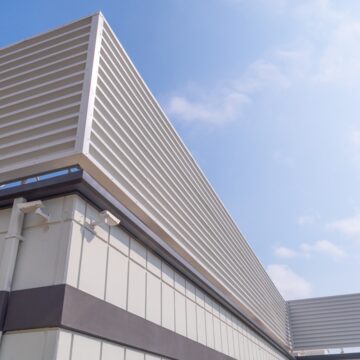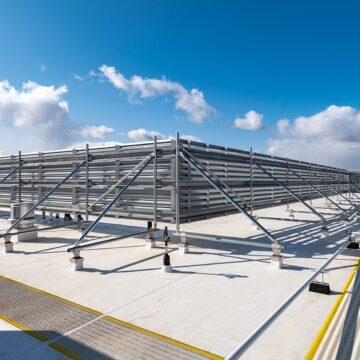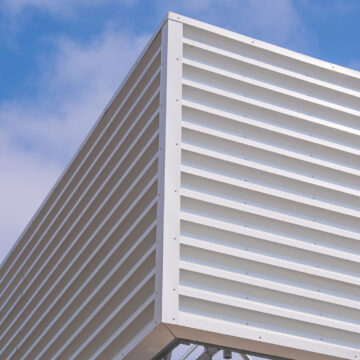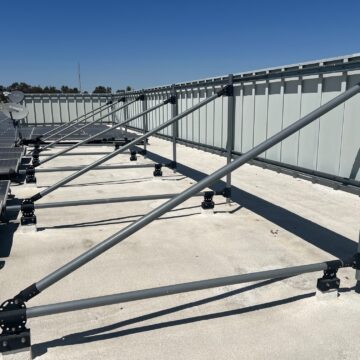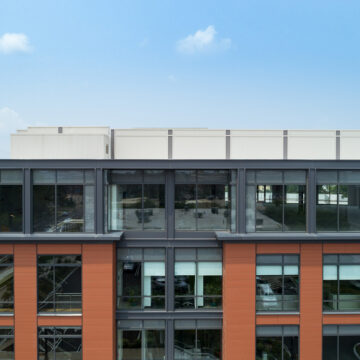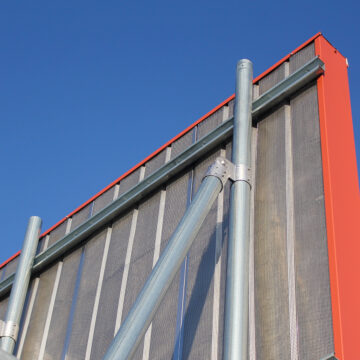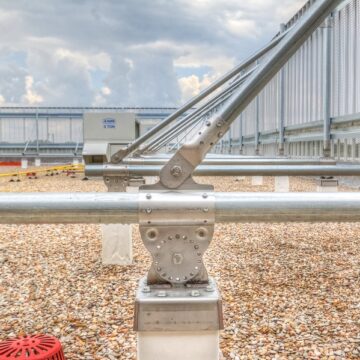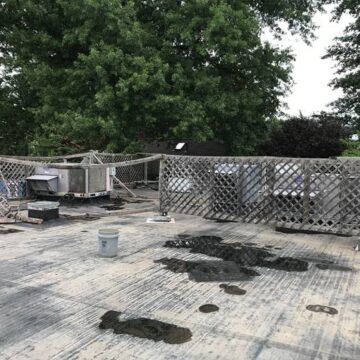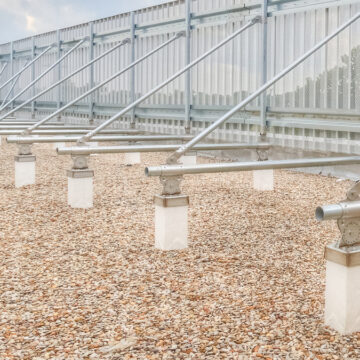Specifying louvers can get confusing.
Architectural. Performance. Intake. Exhaust. There are a lot of options.
Luckily, if you are here to learn about specifying architectural louvers, things will be surprisingly simple.
Chances are if you’re reading this, you already know what louver is. If you don’t, here’s a brief definition of a traditional louver:
A louver, or louvre, is a window blind or shutter with horizontal slats that are angled to admit light and air, but to keep out rain and direct sunshine.
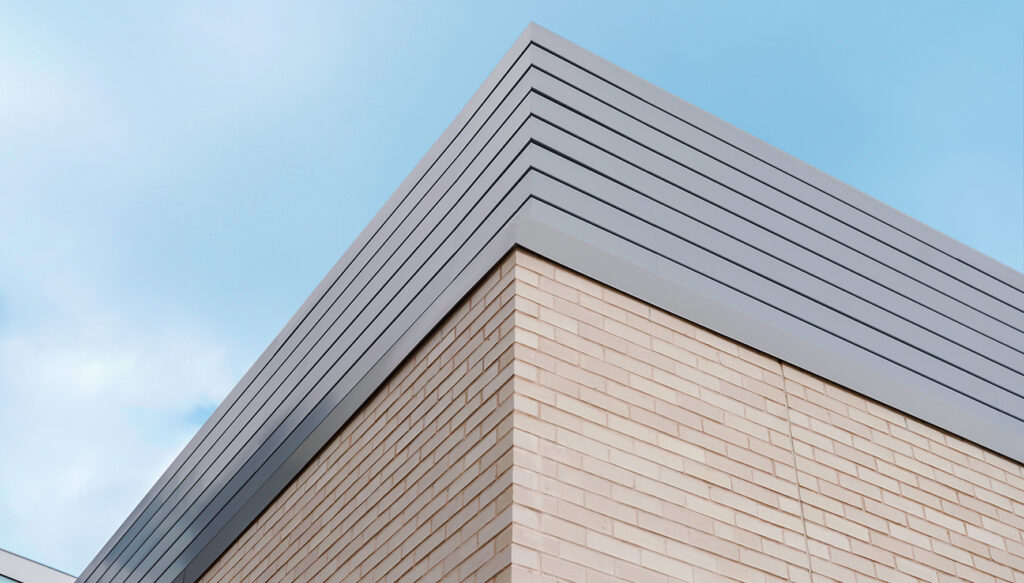
Turns out, louvers known as “architectural louvers” fall into a completely different category than traditional performance louvers.
And the kicker- architectural louvers are technically not louvers at all! As such, they should be specified separately from performance louvers.
Don’t worry, this is a good thing!
Specifying architectural louvers is vastly less complicated than specifying mechanical or performance louvers.
Why?
Fixed and architectural louvers do not move like mechanical and performance louvers do, thus they are not bound to the same requirements and classifications.
This means no worrying about AMCA wind driven rain classifications, water penetration or airflow resistance.

Since architectural louvers are often specified as equipment screens there is one question that often comes up:
“Do louvers reduce wind loads?”
The typical thinking is that since louvers allow air to pass between the blades, their use must result in less wind pressure on the structure.
Seems logical, and many suppliers claim this is the case, but it isn’t quite that simple.
Louvers can be spaced as far apart as desired to gain relief from the wind load on the structure. However, this also reduces the vision barrier which is often a primary objective of an architectural louver system.
So, the answer to the question posed “Do louvers reduce wind loads” is it depends.
When configured with substantial open space between louver blades, the answer is yes. But you also pay a price by giving up some of the vision barrier.
If louvers are being chosen for the sole purpose of reducing wind loads to save money, you’re probably not going to get there, at least not without sacrificing much of the vision barrier to do it.
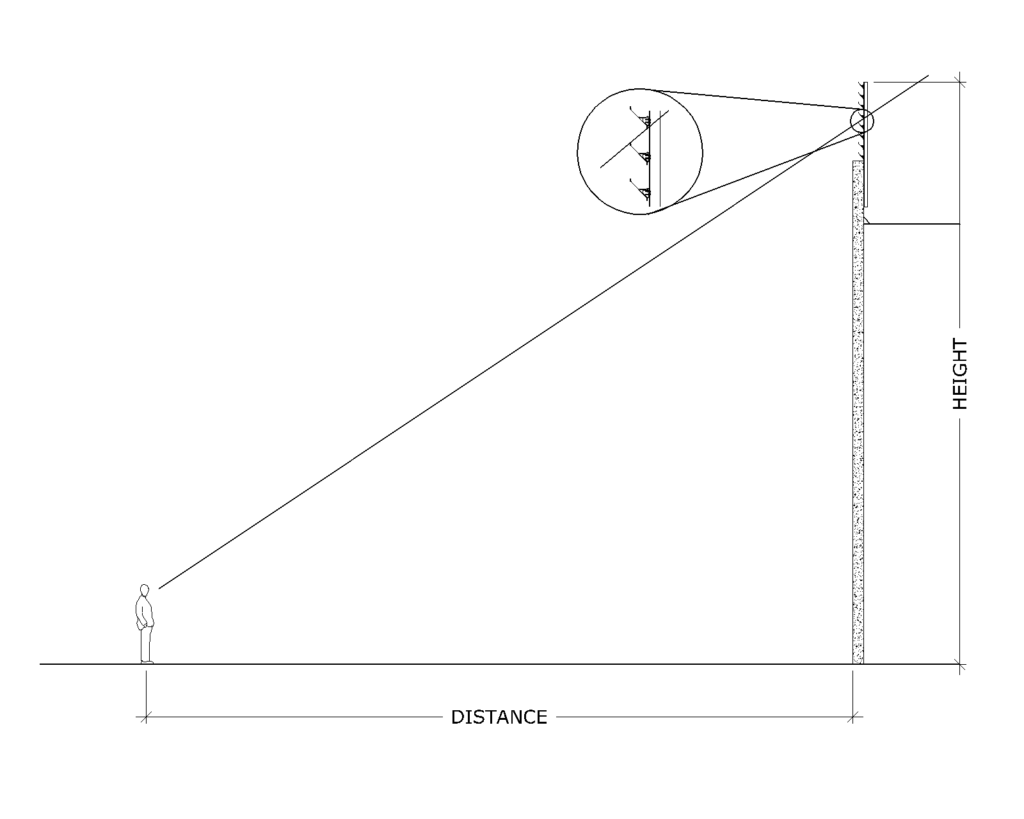 Architectural Louvers look great on an equipment screen or as an architectural feature on a building, and are a favorite among designers and architects when a high-end, streamlined aesthetic is desired.
Architectural Louvers look great on an equipment screen or as an architectural feature on a building, and are a favorite among designers and architects when a high-end, streamlined aesthetic is desired.
Specifying our VisionGuard™ Architectural Louvers is as simple as deciding on a style and finish you like and giving us a call.
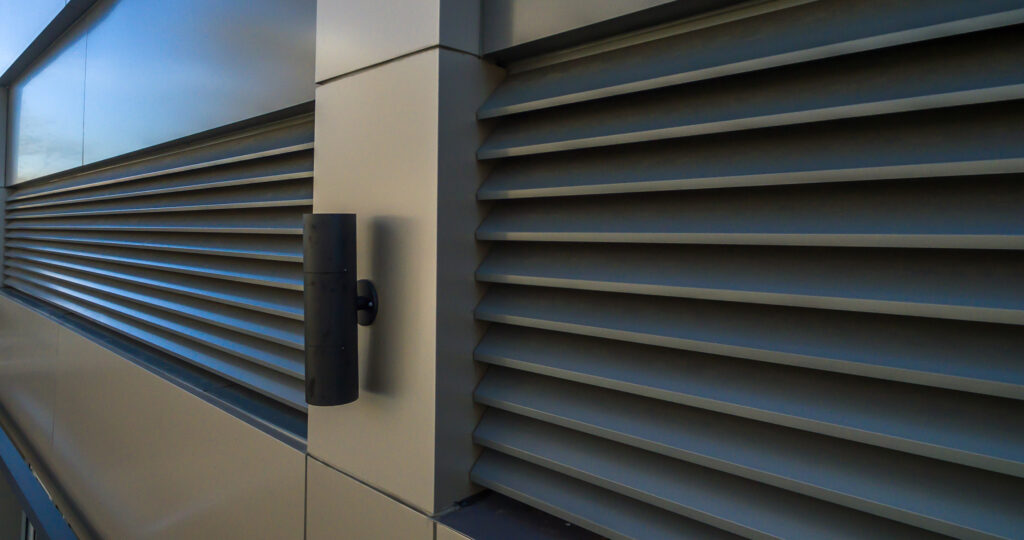
Want to learn more about the science behind our systems?
Check out our Technical Articles!

